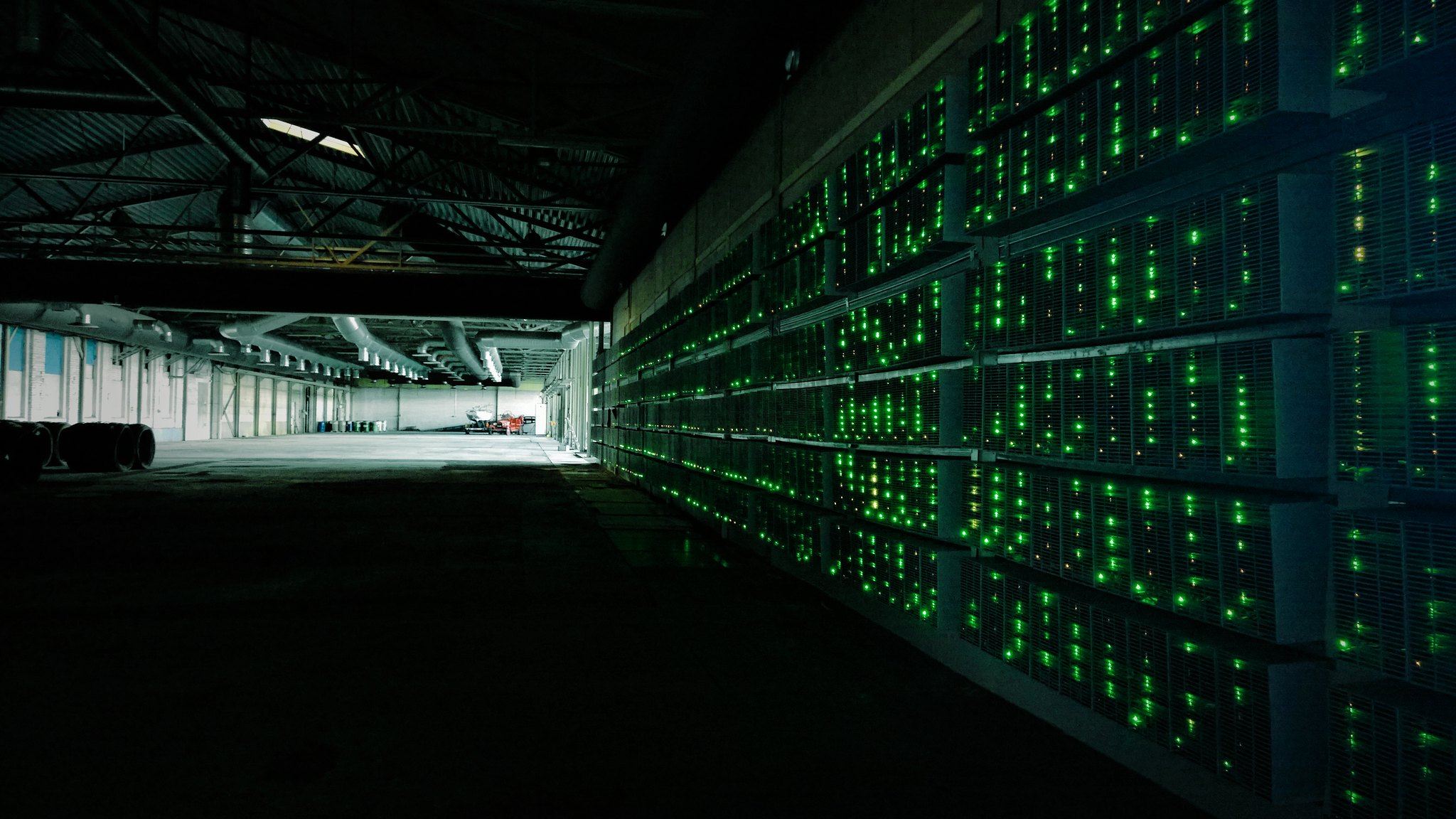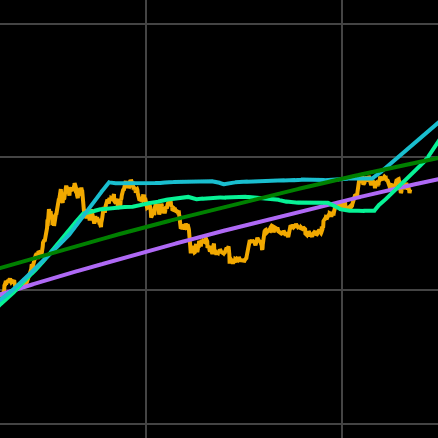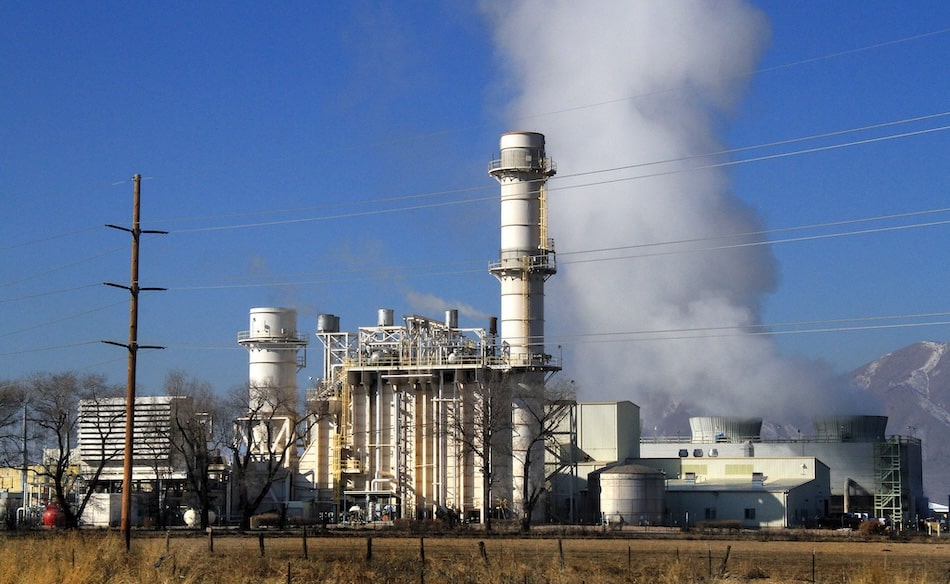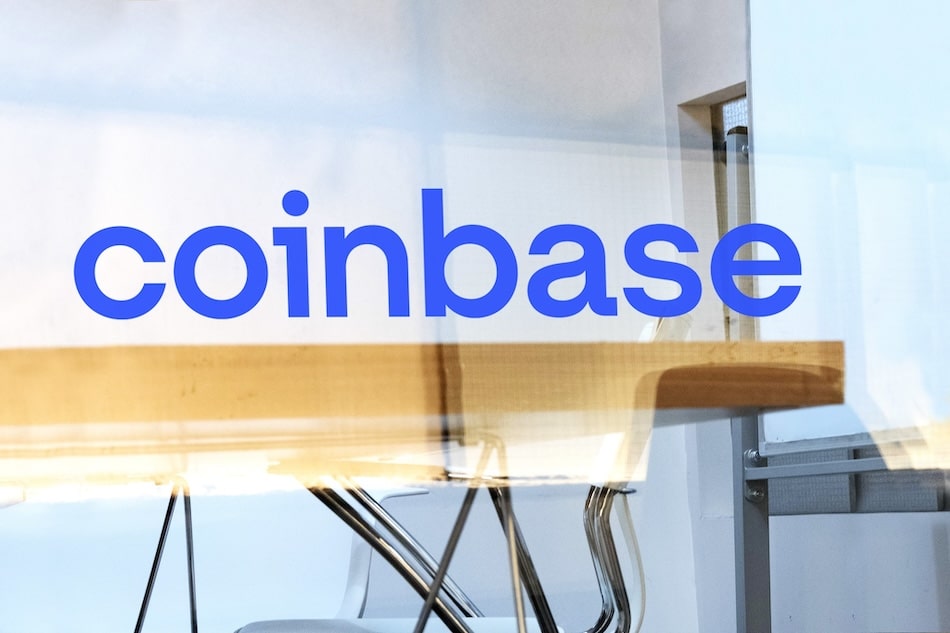
Key Takeaways
- The U.S. accounts for 75.4% of reported global Bitcoin mining hashrate.
- A new initiative allows miners to build their own power plants to reduce energy costs.
- Analysts expect the global hashrate to surpass 1 ZH/s by July 2025.
The United States is the dominant force in global Bitcoin mining, accounting for 75.4% of the reported hashrate, according to the latest Cambridge Digital Mining Industry Report.
Global Mining Survey results
The survey, conducted by the Cambridge Centre for Alternative Finance (CCAF), collected responses from 49 companies, representing about half of the global Bitcoin mining industry by hashrate.
Canada followed with 7.1%, while Paraguay, Norway, and Kazakhstan contributed 3.4%, 2.8%, and 2.6%, respectively.
Data accuracy concerns
However, Cambridge noted that the high concentration of U.S.-based respondents may skew the data, with the Hashrate Index putting the actual U.S. share at 36.0%.
U.S. government initiatives
Still, the U.S. government is actively encouraging further expansion.
In March, President Trump signed an executive order creating the “United States Investment Accelerator.”
The initiative, aimed at facilitating billion-dollar investments, allows miners to build their own power plants.
U.S. Commerce Secretary Howard Lutnick said:
We’re going to make it if you want to mine Bitcoin and you find the right place to do it. You can build your own power plant next to it.
Impact on energy costs and efficiency
This autonomy could reduce energy costs and enhance efficiency, particularly through use of waste gas.
Companies like CleanSpark are already pursuing new facilities, and American Bitcoin Corp—backed by Donald Trump Jr.—plans to go public.
Future hashrate projections
Despite tariff-related challenges, analysts at CoinShares forecast the global hashrate will exceed 1 zettahash per second by July 2025, with potential to reach 2 ZH/s by 2027.




